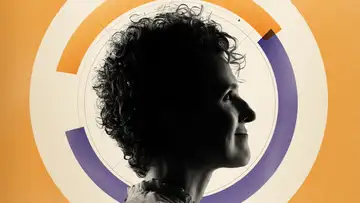Child Well-BeingTop of Mind with Julie Rose • Season 1, Episode 204, Segment 2
Jan 4, 2016 • 12m
Guest: Anne Gadermann, PhD, Assistant Professor with the Human Early Learning Partnership at University of British Columbia’s School of Population and Public Health
Parents worry: Are their kids are getting enough green vegetables? Are they making enough friends? Do they have enough opportunities? A study published in the Journal of Happiness suggests the secret to a child’s sense of well-being is pretty straightforward and it doesn’t have much to do with money or meals.